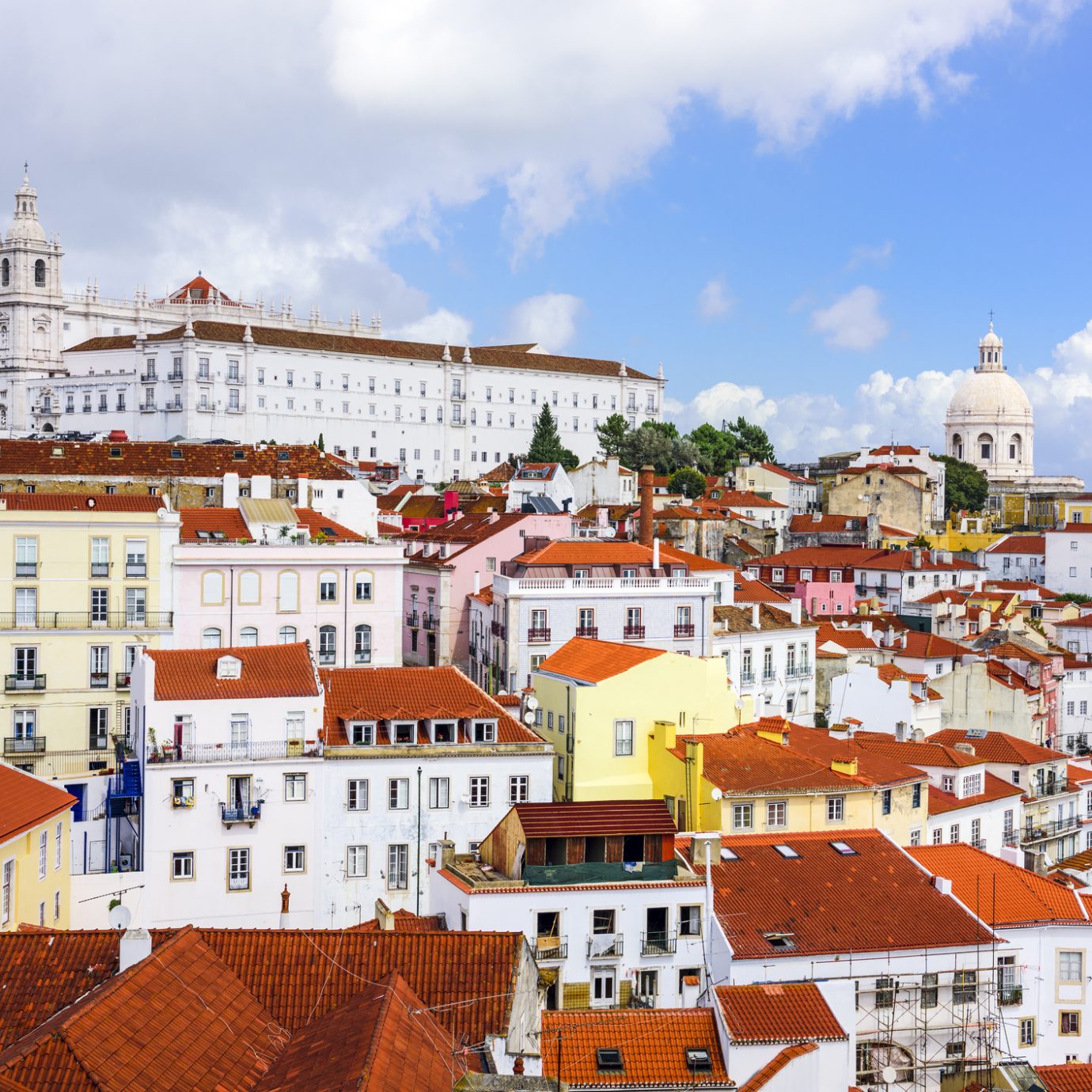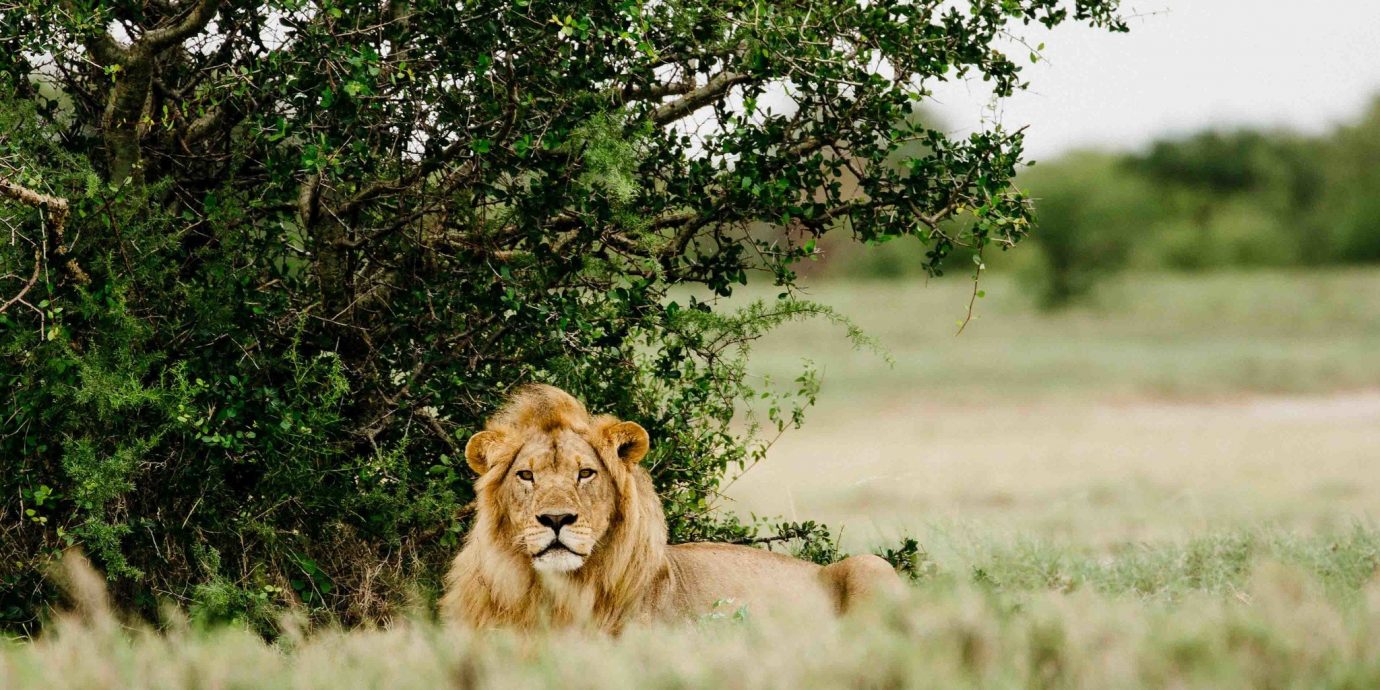
5 Animals You Can See on Safari in Botswana
On a Rothschild Safaris getaway to northeastern Botswana, JS correspondent Michaela Trimble visits the Makgadikgadi Pans, an expansive dry savannah and one of the largest salt flats on Earth full of jaw-dropping wildlife. Here, a little inspo from her trip that's sure to get you packing.
Last month, I took a trip to the 1960’s-era Jack’s Camp, a canvas-tent luxury outfit surrounded by the seemingly endless wilderness of the Makgadikgadi Pans National Park. Only a flight away from the game-rich areas of Botswana’s famed Khwai Private Reserve and the Okavango Delta, the region is full of wildlife I’ll likely only see once in my lifetime. Here, the five animals I managed to capture on film.
Meerkats
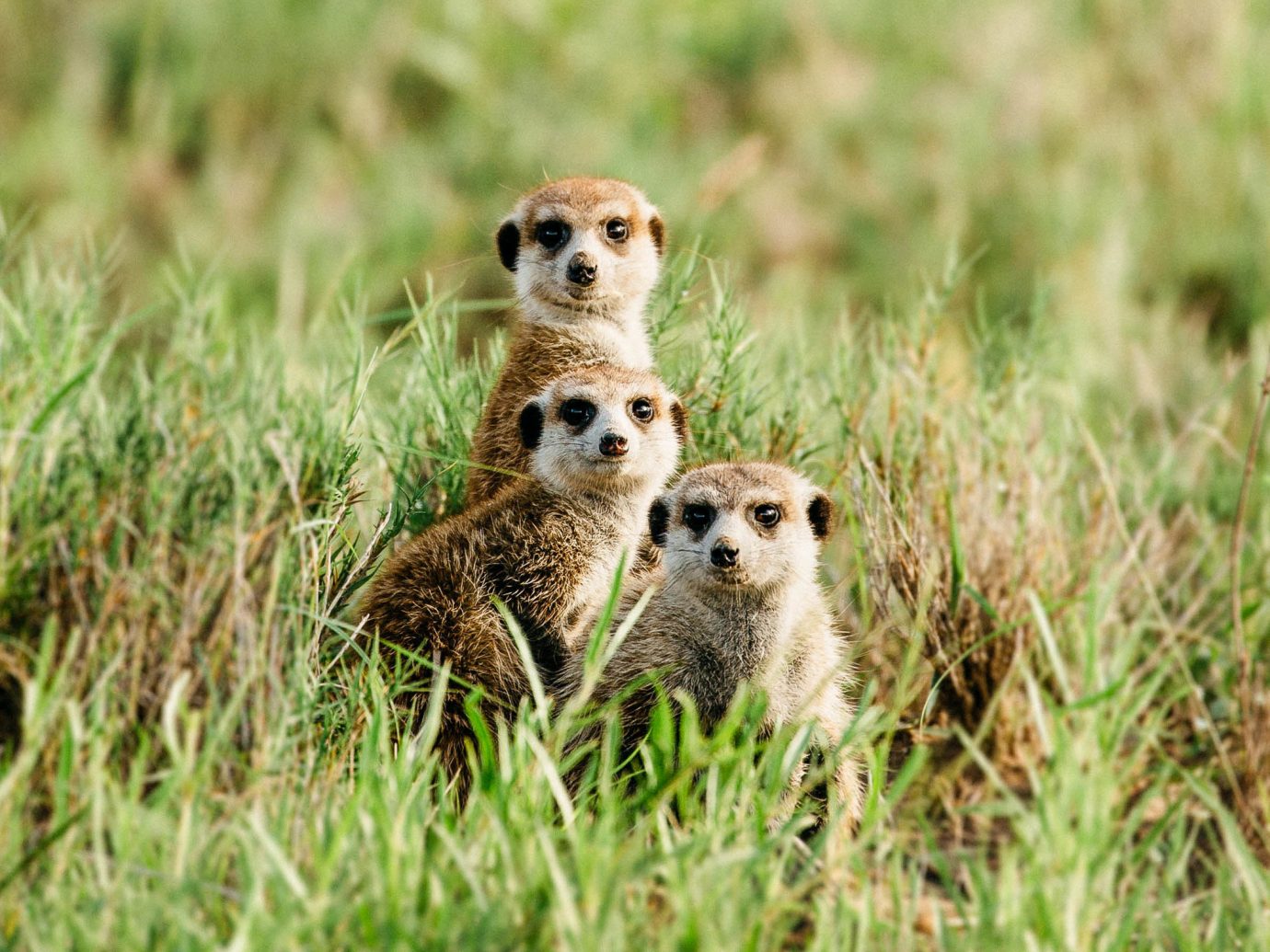
All Photos: Courtesy of Michaela Trimble
You know those cute little meerkats? Just a quick drive from Jack’s Camp is one of Southern Africa’s premiere meerkat colonies, where camp staff works with the world’s leading researchers to introduce the creatures to humans. Although wild, the animals are officially habituated, meaning they’ll come say hello as you approach (they did with me). Watch as the meerkats dart their heads from their burrows, quickly scurrying about the landscape to dine on worms and scorpions. With a little luck and patience, they may even climb on top of your shoulder, using your height as a perch to scan the horizon for predators.
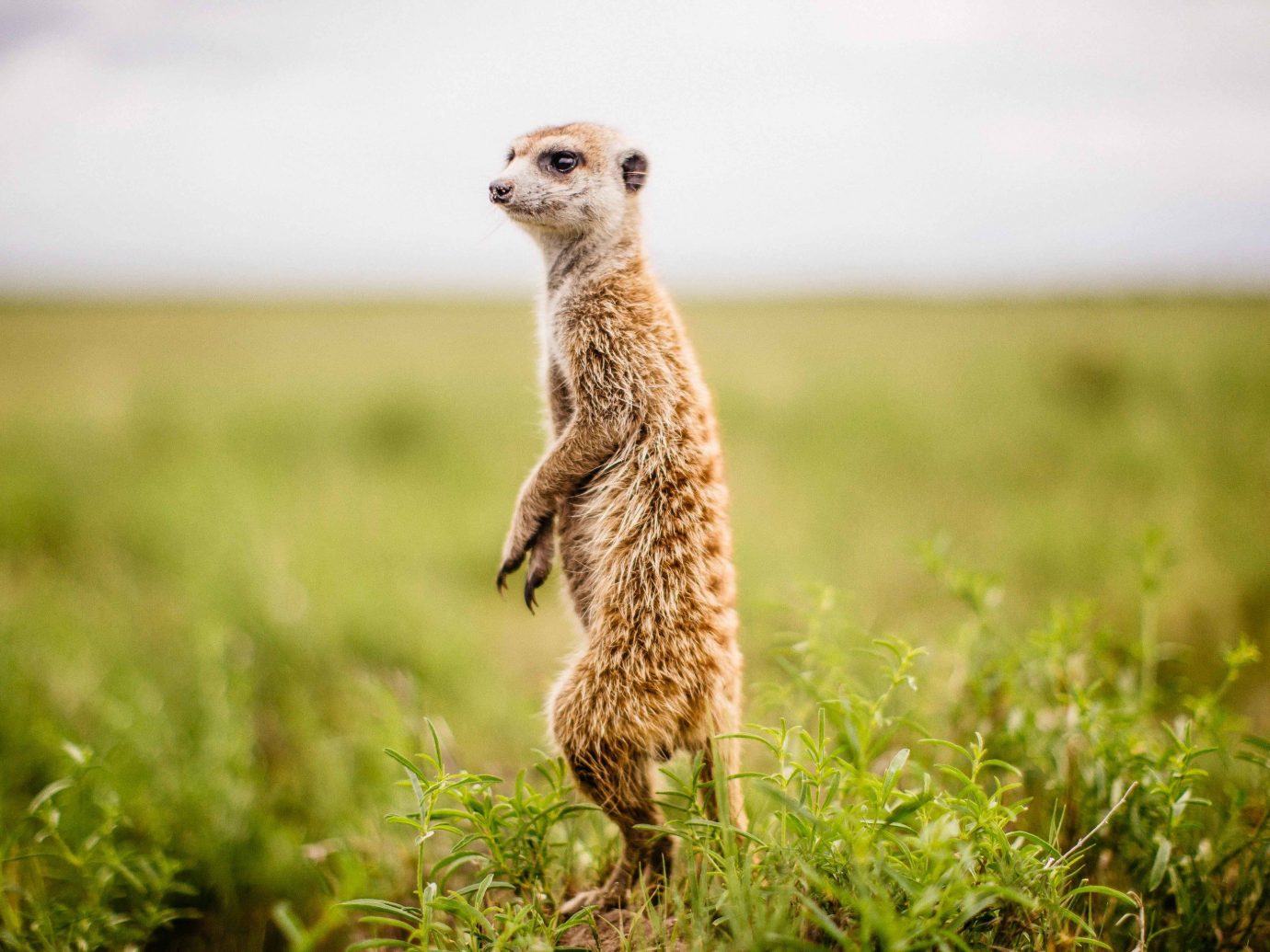
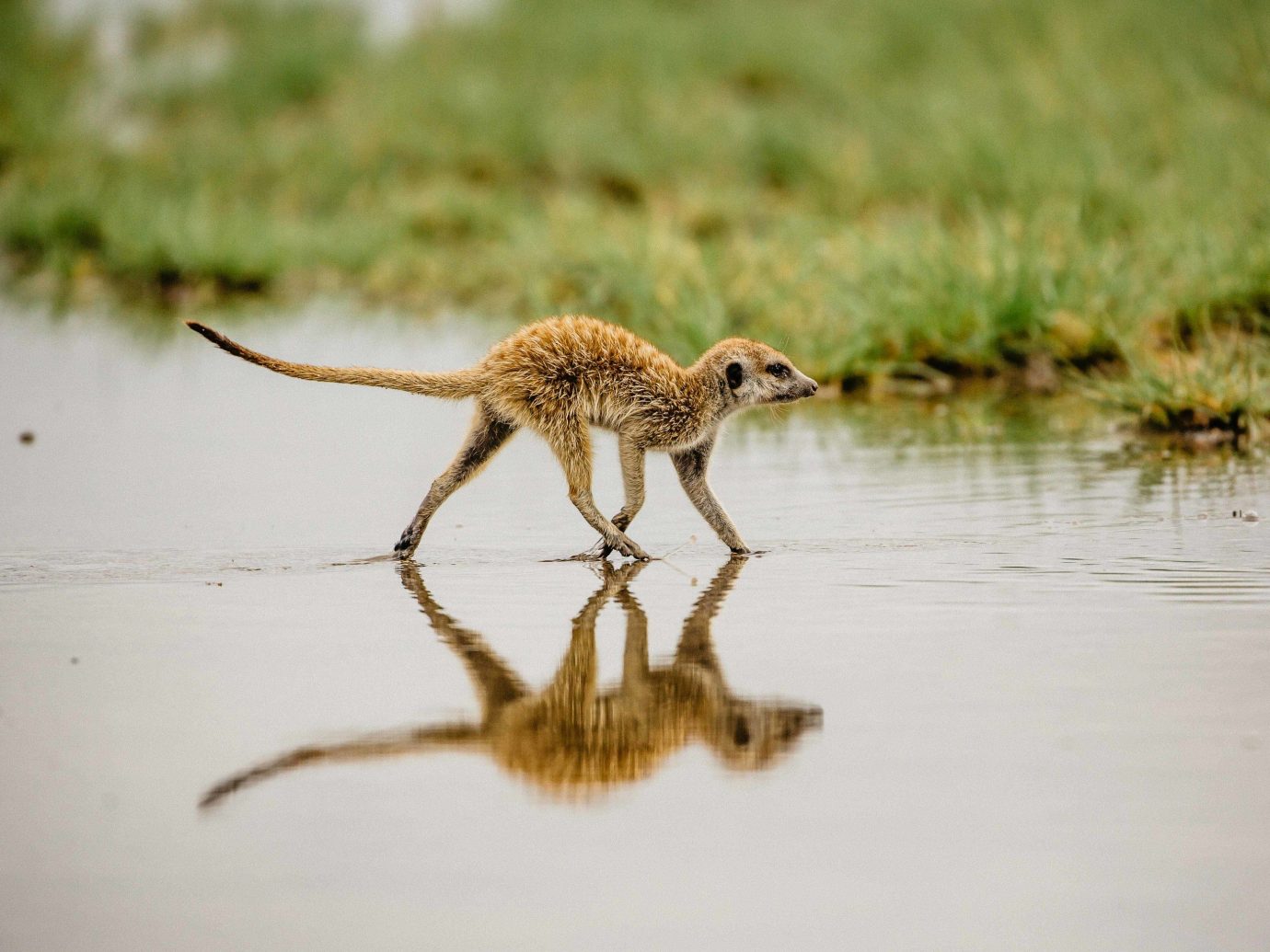
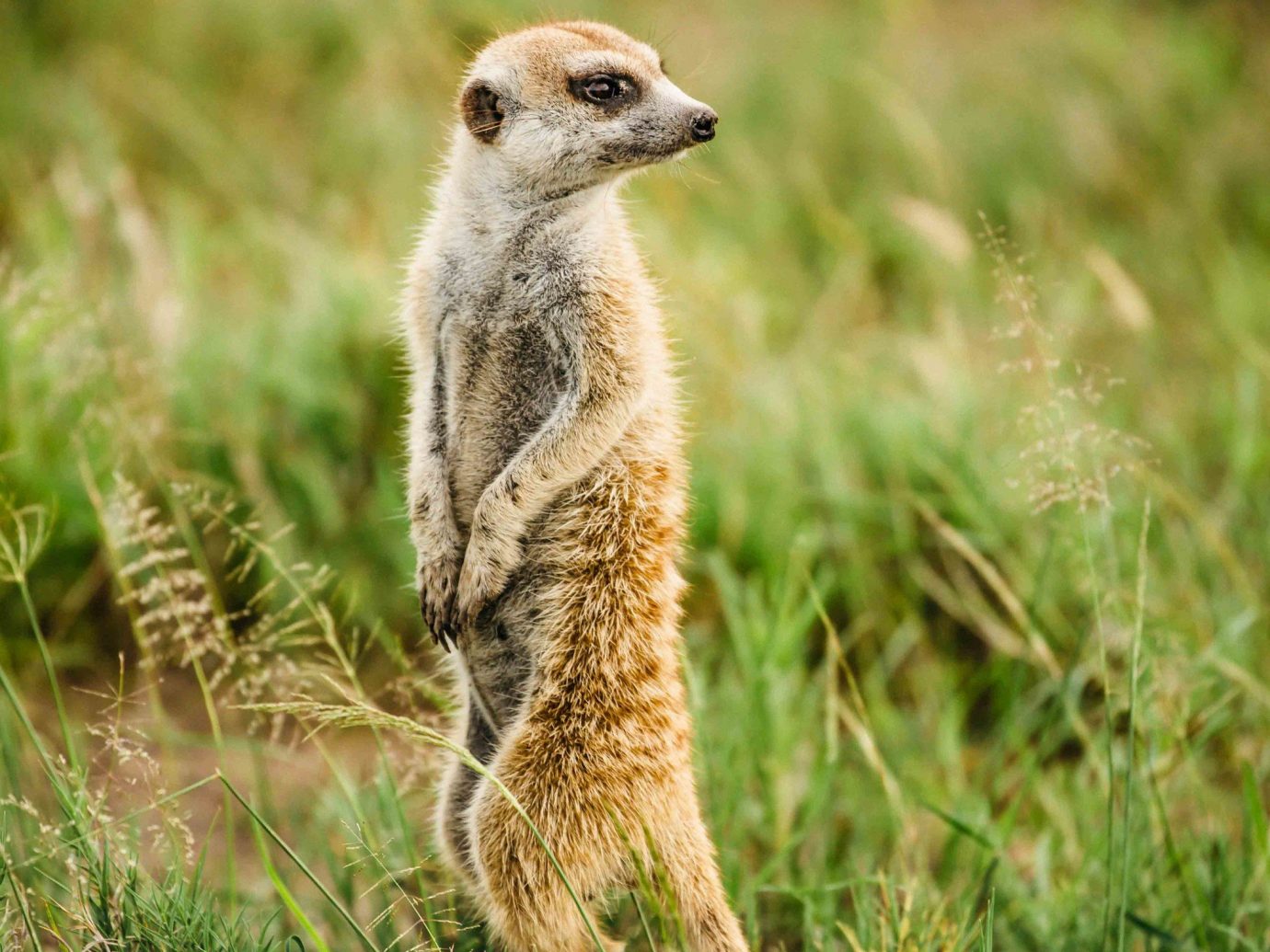
Zebras
Each year, thousands of zebras enter the Makgadikgadi Pans, all in pursuit of the abundant, mineral-rich grass that emerges after the rainy season. To see the creatures up close, I took an unforgettable horseback ride through the savannah, and witnessed the second largest migration of zebra and wildebeest in Africa.
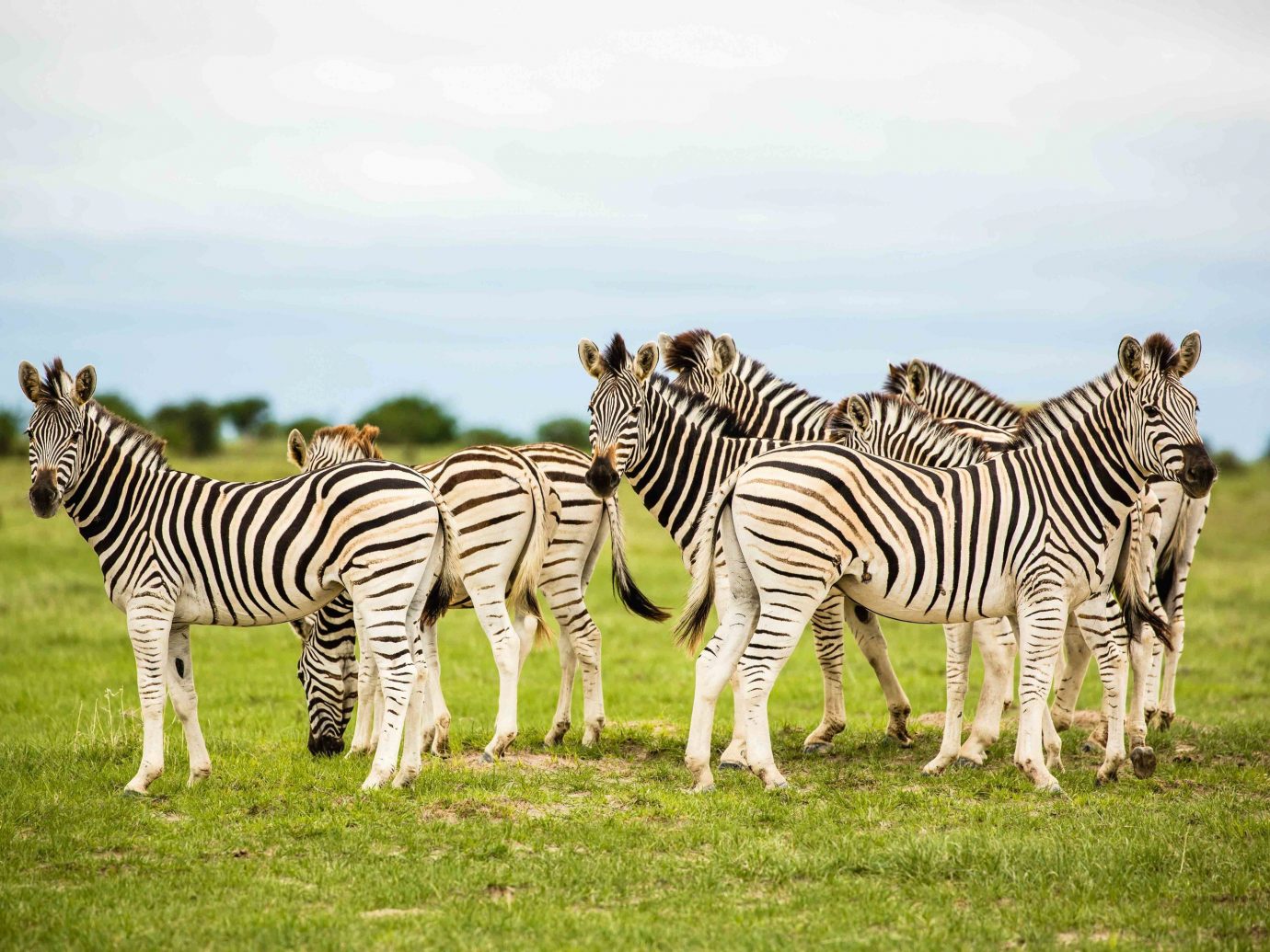
Kalahari Lions
African lions are no joke. Reigning over the vast Makgadikgadi Pans is the area’s apex predator, the Kalahari lion. With a regal black mane, this species completely dominates the savannah. With Botswana’s introduction of cattle farming in the 1960s, it’s not uncommon to see a Kalahari lion feasting on a cow carcass. But if nature follows its routine course, you’re more likely to spot, like I did, a Kalahari lion beneath the shade of a tree devouring a zebra (sad, I know) or wildebeest for lunch.
RELATED: The World’s Most Spectacular Safaris
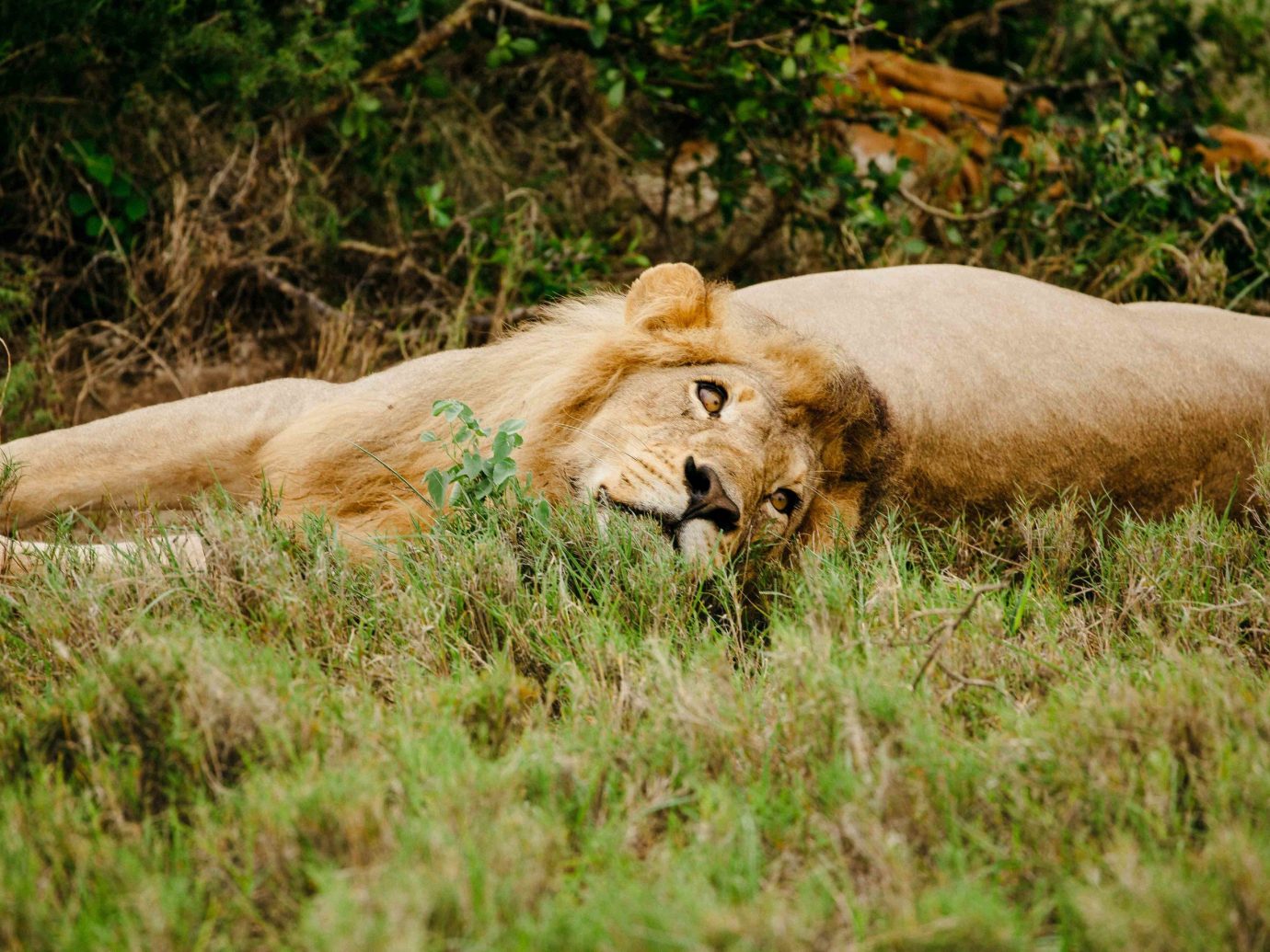
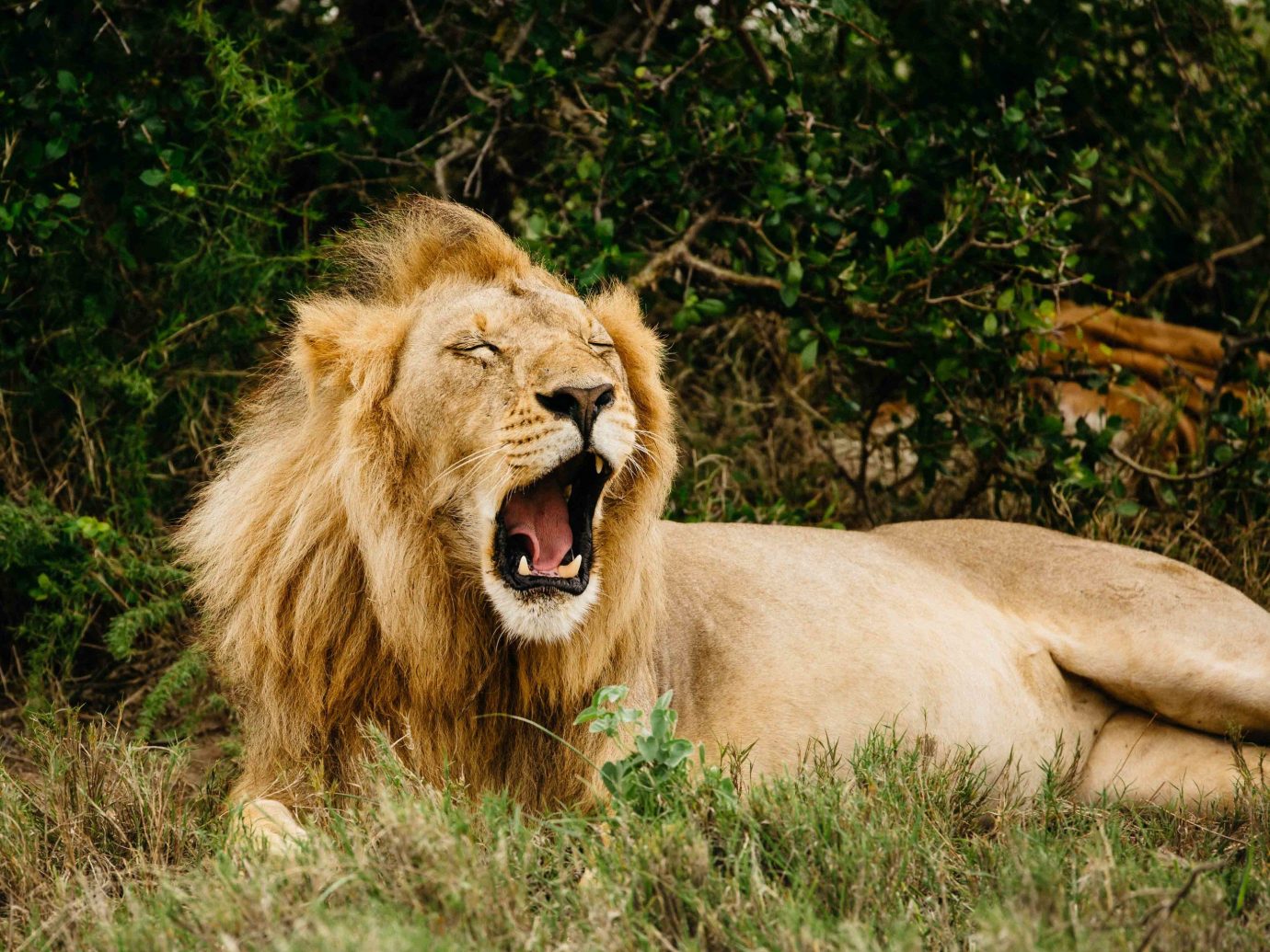
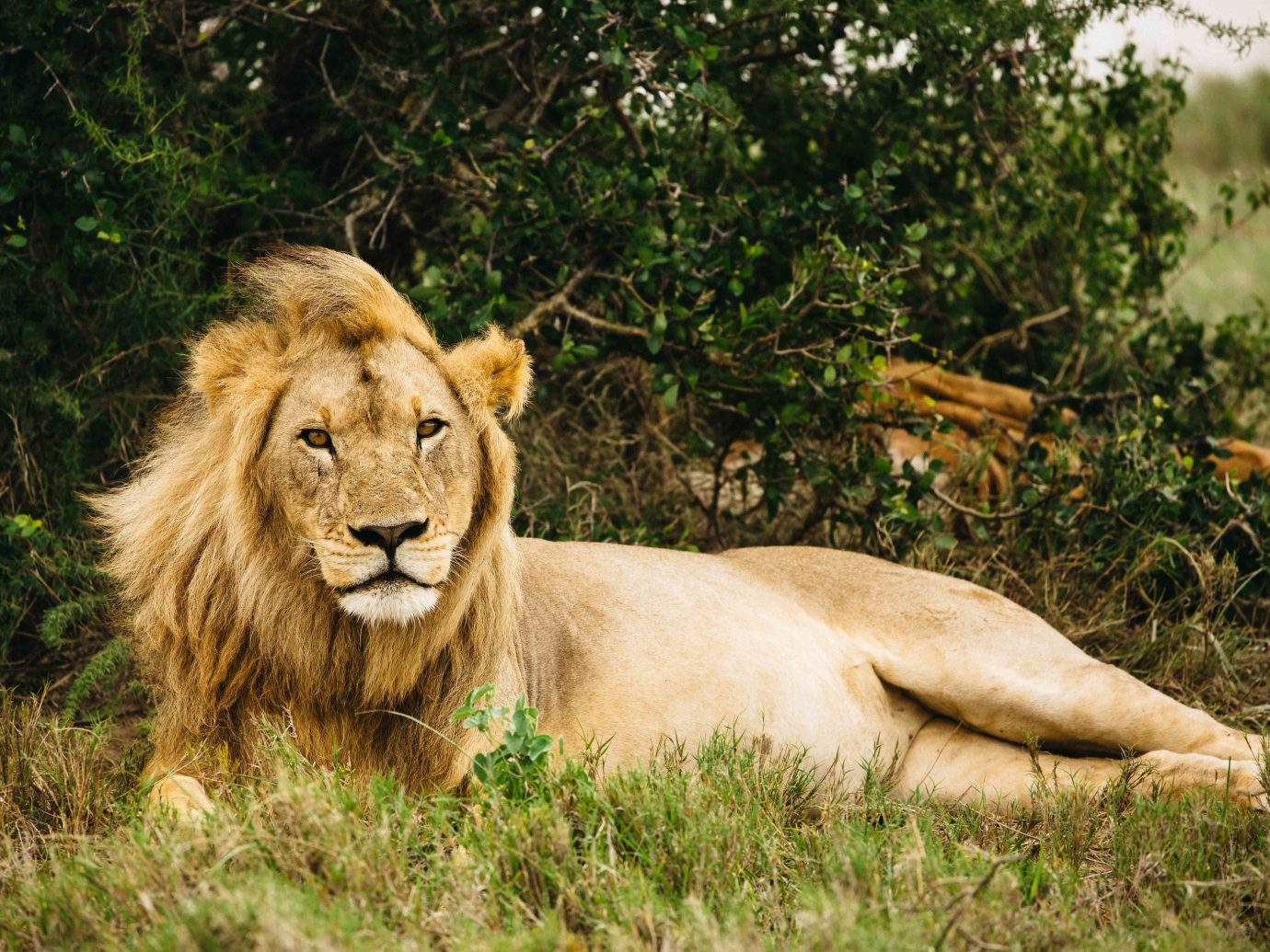
Kudus
Look too quickly and you might miss a Kudus hiding in the trees. Often the prey of lions, the antelope-like animals have characteristic white stripes, which help them camouflage in the thickets (the body patterns mimic shafts of light and branches t0 shield them from the gaze of predators). Another bonus: their large ears give them super sensitive hearing so that they can outrun lions, jackals, hyenas, and wild dogs.
RELATED: What to Wear on Safari
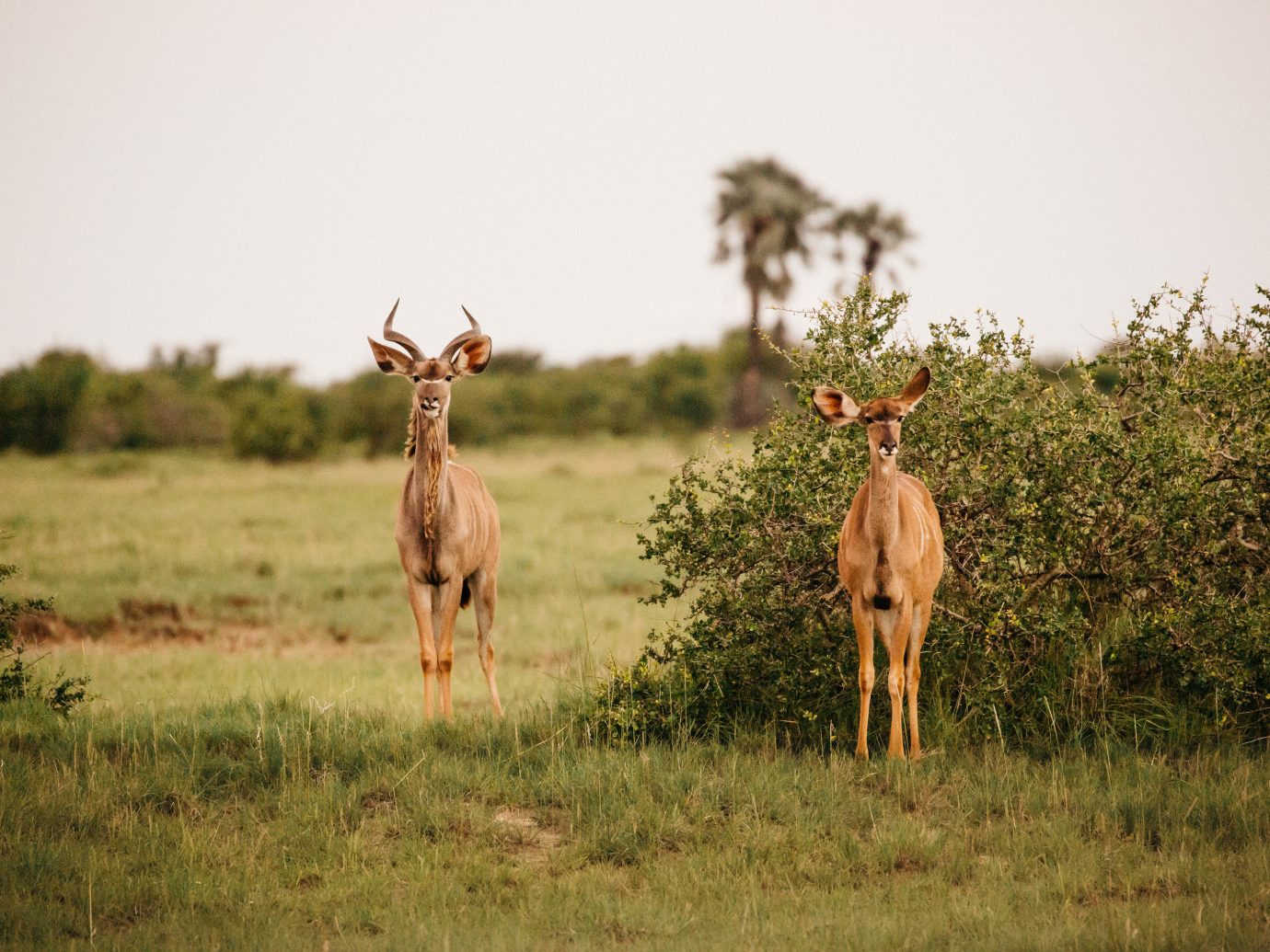
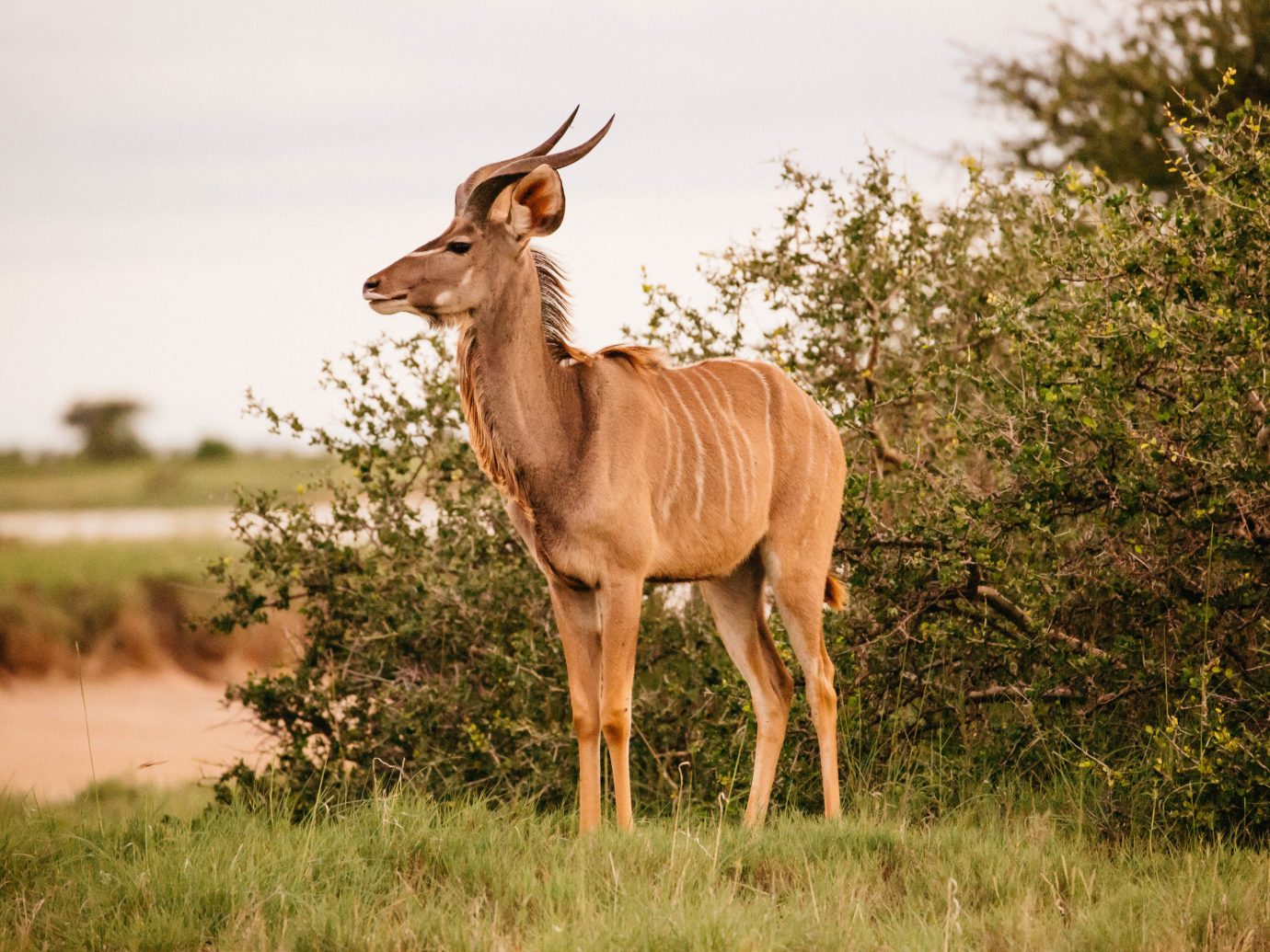
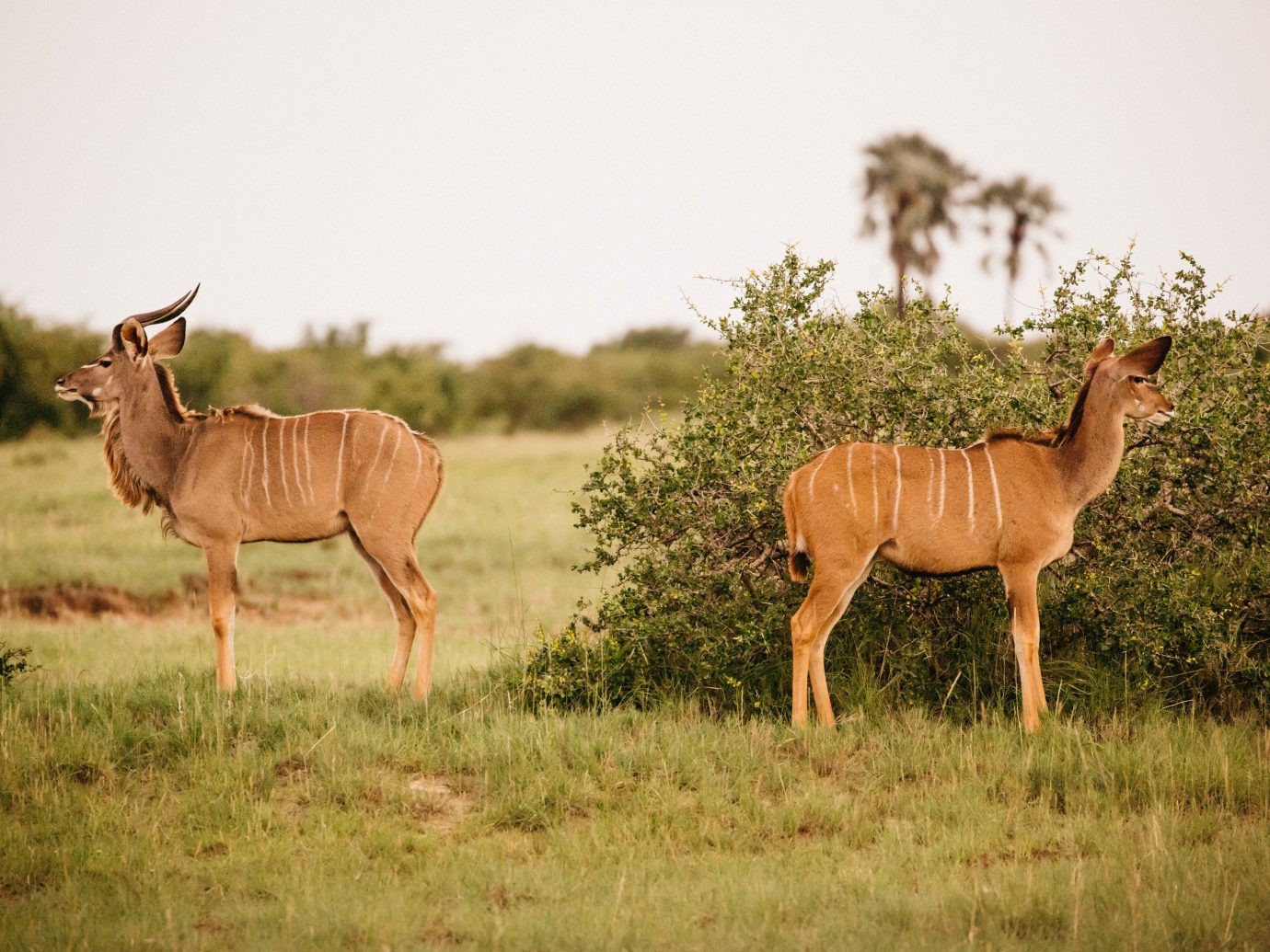
Yellow Mongoose
The cute yellow mongoose comes from the same family as the meerkat. They live in colonies of up to 20 and are somewhat difficult to spot in daylight. But keep your eyes peeled and you’ll notice the animal’s unique anatomy: rounded ears, bushy tails, and light coloring on the underbelly and chin.
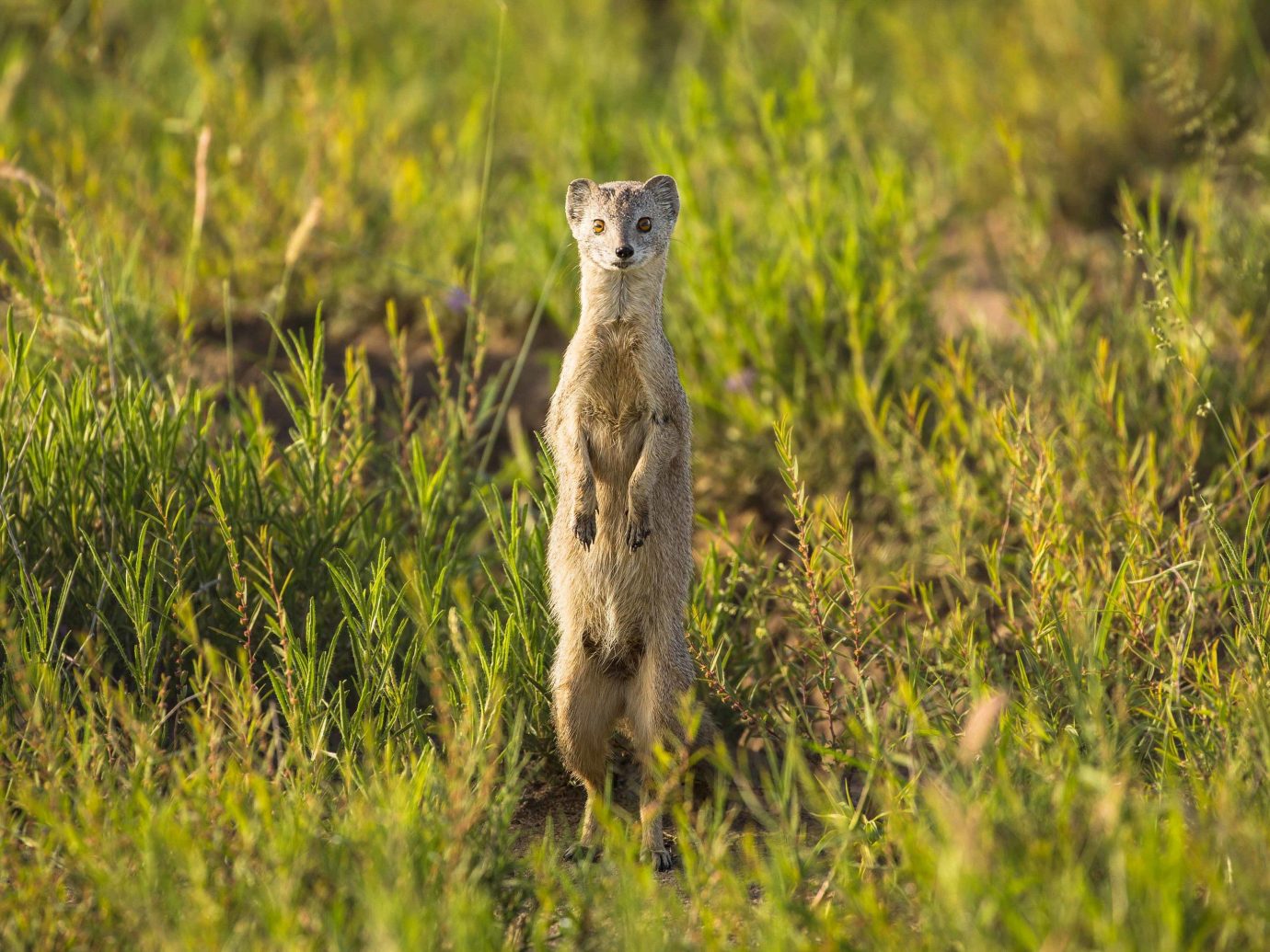
Want More?
Comments
All products are independently selected by our writers and editors. If you buy something through our links, Jetsetter may earn an affiliate commission.
Become a Jetsetter.
Use our insider connections to know where to go and what to do.
By proceeding, you agree to our Privacy Policy and Terms of Use.
Thanks for Signing Up!



